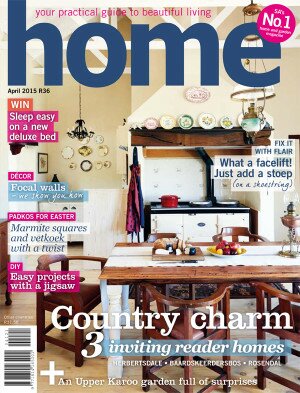-
Parrot talk
6 September 2014
Parrots are friendly, intelligent birds – creatures that, unlike most human beings, have mastered the art of listening. If they live in a healthy, safe haven, they can live to the age of 40 or even older. Maybe that’s the point: most people don’t realise that owning a parrot is a lifetime commitment. All too soon the novelty wears off and the bird starts to feel neglected, which is when it starts to scream and madly pluck out its feathers.
Parrots require hard work: they need a varied diet, the cage must be cleaned regularly and they should be given a lot of attention, love and companionship, otherwise they become bored and moody. So think carefully before you walk into a pet shop and leave with a bird on your shoulder.
How do you choose?
There are literally hundreds of parrot species, mostly from the Old World (Europe, Asia and Africa) but, according to several sources, the African Grey is the easiest one to teach to ‘speak’. Guard against choosing the parrot that makes the cutest noises. Also be on the lookout for the following:- As parrots are prone to eye infections you should always choose one with bright, shiny eyes.
- Select a parrot that is active and reacts to people walking past.
- If a parrot does not have clean nostrils, this could indicate that it has breathing problems.
- Have a good look at the feathers – if they are too puffy the bird is probably quite inactive and sheds feathers continually.
Make life easy
Make sure that you take good care of your parrot physically as well as emotionally.- A home A parrot needs a cage – buy a large, sturdy one that is resistant to rust. The bird must be able to spread its wings and clamber around without bumping against sticks or toys.
- Utensils Buy stainless-steel food and water bowls that can be firmly secured.
- Curtains A blanket that is thrown over the cage at night keeps Polly warm, regulates sleeping patterns and prevents the bird from being disturbed at night. This will also make your parrot feel safe and private.
- A carpet Ensure that there is enough newspaper on the floor of the cage and replace it every day.
- A perch Hardwood perches, sticks or branches made from untreated willow or fruit trees and thick pieces of rope will keep your parrot active. Variety is the spice of life, so vary the thickness, length and textures of these objects. Also place some sticks above human eye level, as this will make the bird feel safe. Remember to replace dirty and worn branches regularly.
- Toys Provide toys that are made of safe materials.
- Something to eat Parrots need a balanced diet and shop-bought parrot pellets are best for this purpose. Supplement the pellets with fresh fruit and vegetables but don’t leave these lying in the cage for longer than 24 hours. Make sure that there is always enough fresh water.
Words: Home magazine
Image







